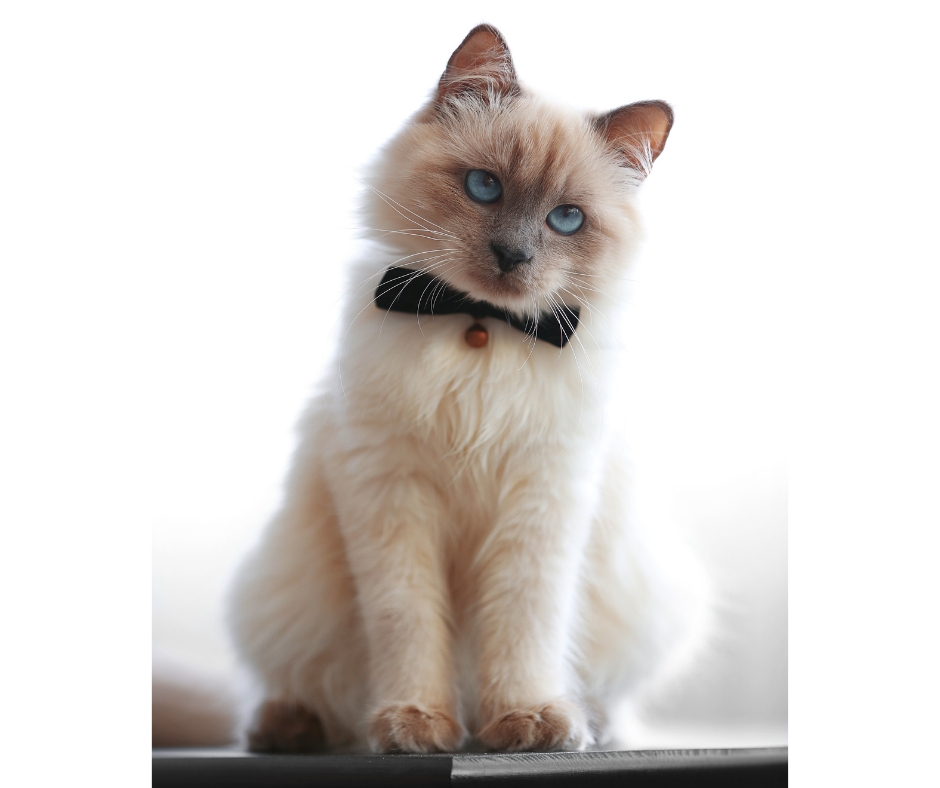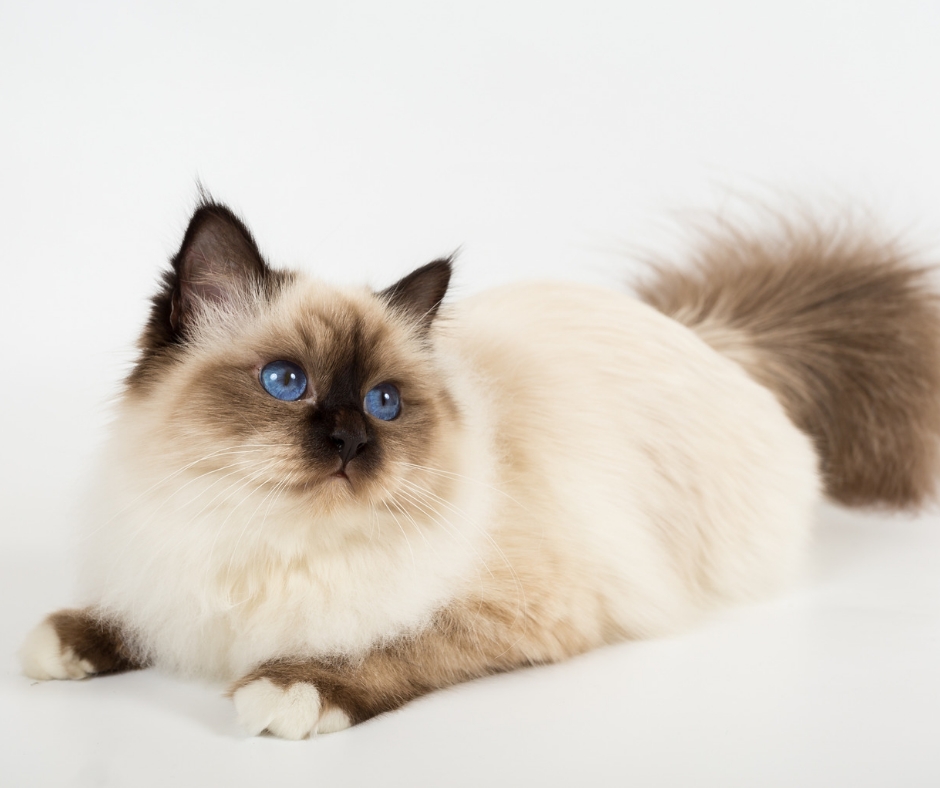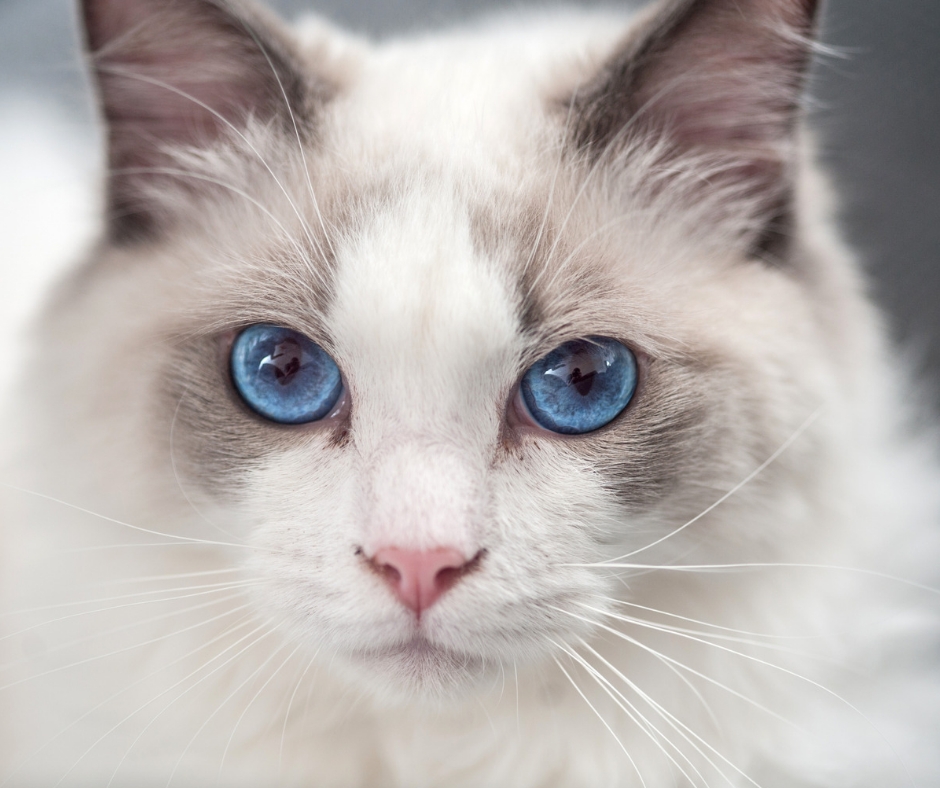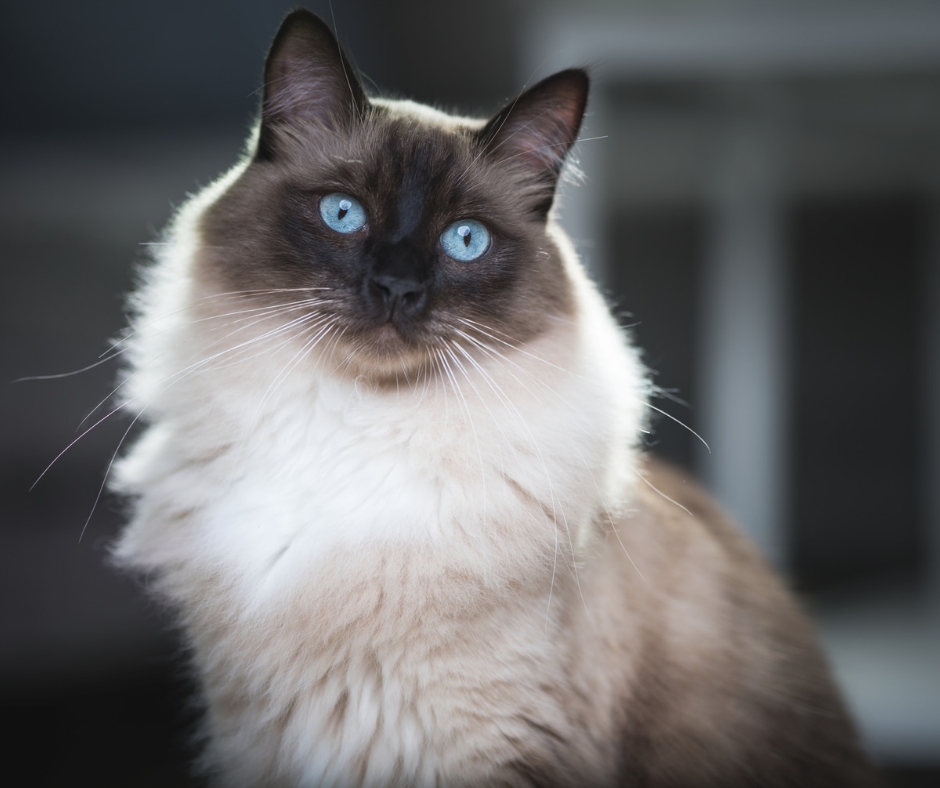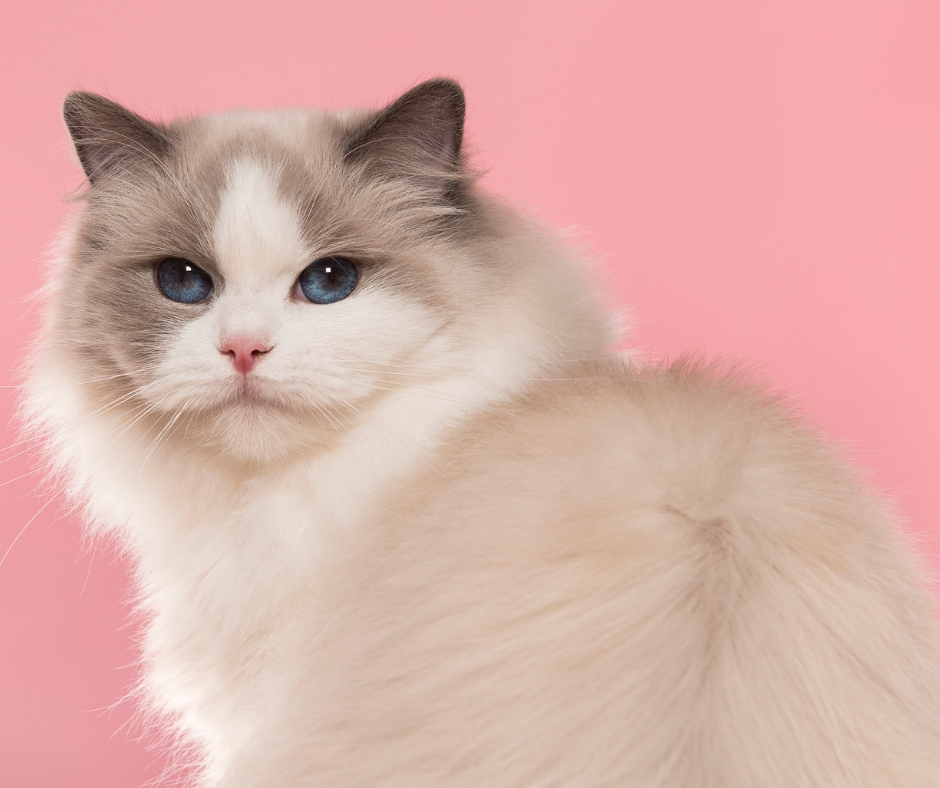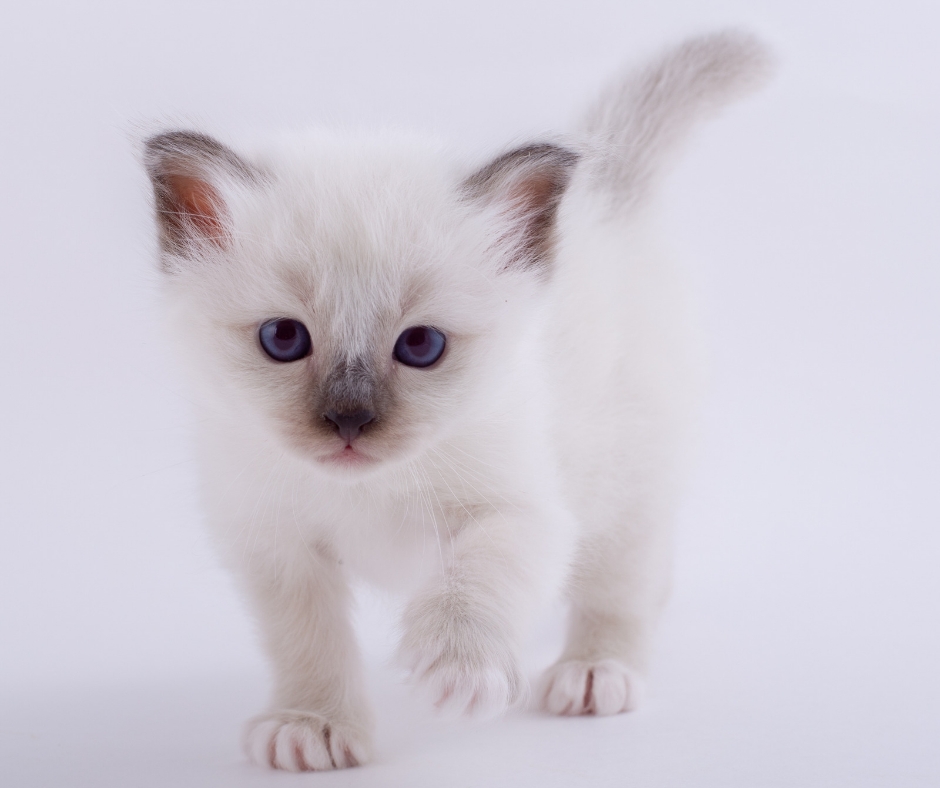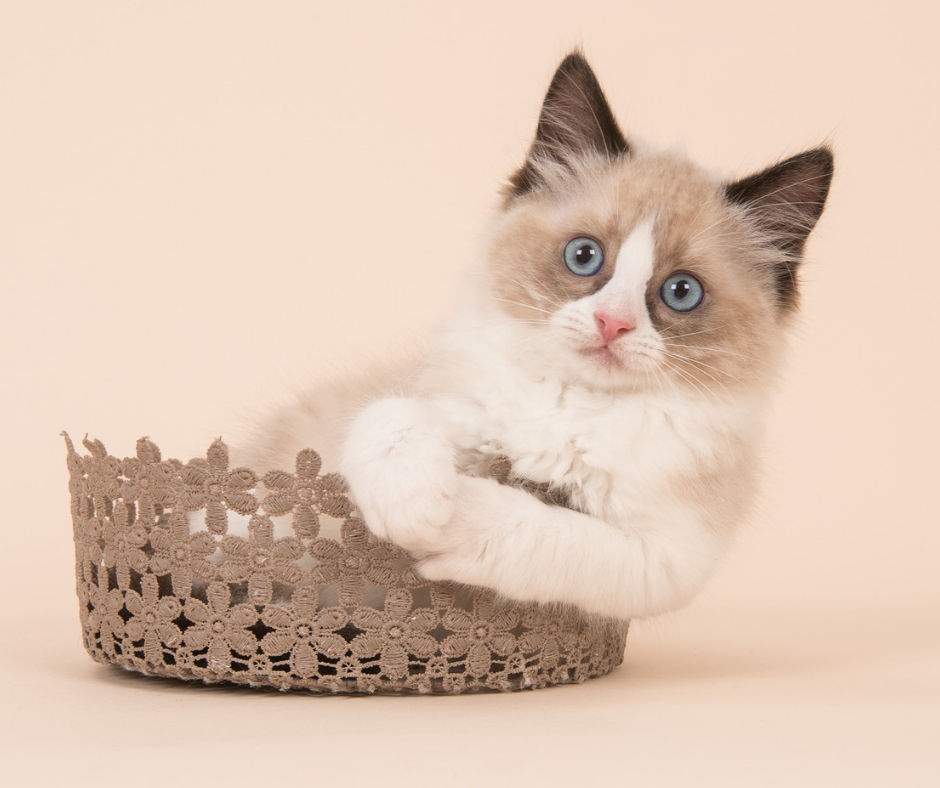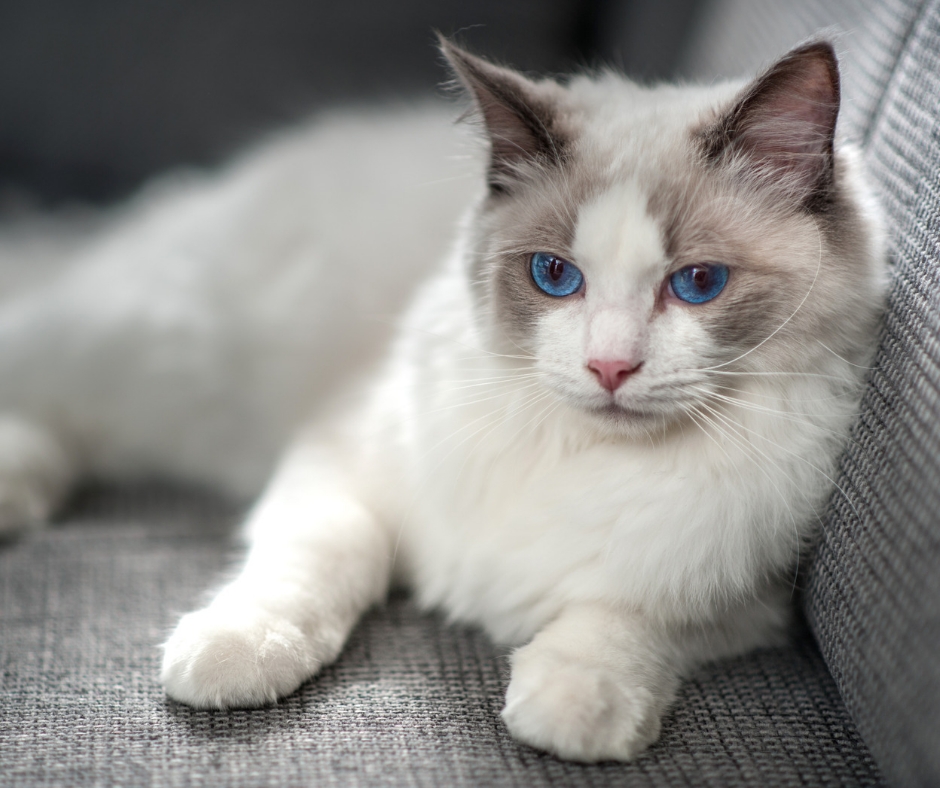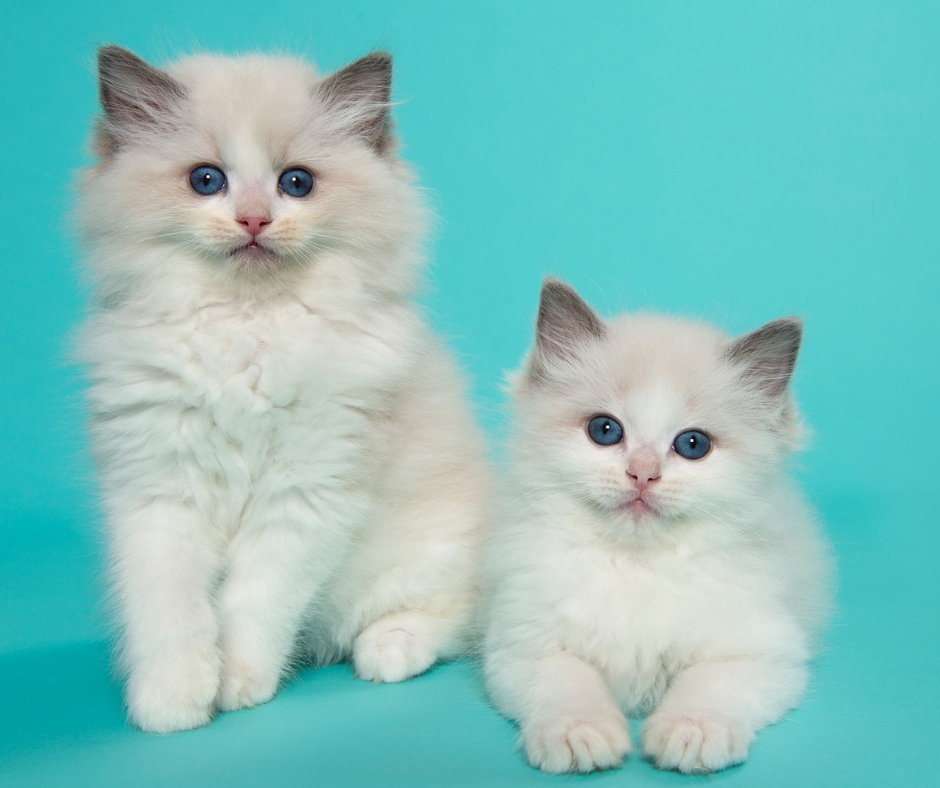Introduction to Ragdoll Cats: The Perfect Family Pet
If you’re looking for a pet that’s as cuddly as a teddy bear, as playful as a puppy, and as low-maintenance as a goldfish, then look no further than the Ragdoll cat. These feline furballs are the epitome of a perfect family pet. They’re friendly, they’re sociable, and they’re so laid-back they’re practically horizontal.
Ragdoll cats are known for their striking blue eyes, their silky, semi-longhair coats, and their tendency to go limp when picked up – hence the name ‘Ragdoll’. But there’s so much more to these cats than meets the eye. So, buckle up, cat lovers, because we’re about to take a deep dive into the wonderful world of Ragdolls.
Understanding the Unique Traits of Ragdoll Cats
Ragdolls are like the feline equivalent of a Labrador Retriever. They’re incredibly friendly, they love to play, and they’re great with kids. But unlike Labradors, Ragdolls are also known for their docile and calm nature. They’re not the kind of cats that will climb your curtains or knock over your ornaments. Instead, they’re more likely to be found lounging on your lap or following you around the house.
One of the most unique traits of Ragdoll cats is their tendency to go limp when picked up. This is actually where they get their name from. When you pick up a Ragdoll cat, they’ll often relax their muscles and flop in your arms like a ragdoll. It’s a quirky trait that’s both endearing and hilarious.
The History and Origin of Ragdoll Cats
The Ragdoll breed was first developed in the 1960s by a breeder named Ann Baker in Riverside, California. Baker wanted to create a breed of cat that was not only beautiful but also had a docile and affectionate temperament. She achieved this by selectively breeding cats with these desired traits over several generations. The result was the Ragdoll breed we know and love today.
The Temperament of Ragdoll Cats: Why They’re Great for Families
Ragdolls are known for their calm and gentle temperament. They’re not the kind of cats that will scratch or bite. Instead, they’re more likely to purr and cuddle. This makes them a great choice for families with young children or other pets.
Ragdolls are also incredibly sociable. They love to be around people and they’re often described as ‘dog-like’ in their loyalty to their owners. They’ll follow you around the house, they’ll greet you at the door when you come home, and they’ll even come when called.
The Physical Characteristics of Ragdoll Cats
Ragdolls are a large breed of cat, with males often weighing up to 20 pounds and females up to 15 pounds. They have a strong and muscular body, a broad chest, and a pair of striking blue eyes that are as deep and as mesmerizing as the ocean.
Their coat is semi-longhair and silky to the touch. It comes in a variety of colors and patterns, including seal, blue, chocolate, lilac, red, and cream, with various patterns like colorpoint, mitted, and bicolor.
Health and Lifespan: What to Expect with a Ragdoll Cat
Ragdolls are generally healthy cats, with a lifespan of around 12 to 15 years. However, like all breeds, they’re prone to certain health conditions. These include hypertrophic cardiomyopathy (a form of heart disease), polycystic kidney disease, and obesity.
Regular vet check-ups and a healthy diet can help to prevent these conditions and ensure your Ragdoll lives a long and healthy life.
Ragdoll Cats and Children: A Perfect Match
Ragdolls are a great choice for families with children. Their calm and gentle nature means they’re unlikely to scratch or bite, and their sociable personality means they’ll love all the attention they get from the kids.
However, it’s important to teach your children how to handle cats properly. Ragdolls are a large breed and they can be quite heavy, so it’s important to support their back and hind legs when picking them up.
How to Care for Your Ragdoll Cat: Diet, Exercise, and Grooming
Ragdolls are pretty low-maintenance when it comes to care. They need a balanced diet to maintain their health and prevent obesity. They also need regular exercise to keep them fit and active. This can be achieved through playtime and interactive toys.
Their semi-longhair coat needs regular grooming to prevent matting and hairballs. A quick brush once or twice a week should be enough to keep their coat looking its best.
Training Your Ragdoll Cat: Tips and Tricks
Ragdolls are intelligent cats and they can be trained to do a variety of tricks, from fetching toys to using a litter box. The key to training a Ragdoll is patience, consistency, and positive reinforcement. Always reward your cat for good behavior and never punish them for bad behavior.
Common Misconceptions About Ragdoll Cats
One common misconception about Ragdoll cats is that they’re hypoallergenic. While it’s true that Ragdolls produce fewer allergens than some other breeds, no cat is truly hypoallergenic. If you’re allergic to cats, it’s best to spend some time with a Ragdoll before bringing one home.
Another misconception is that Ragdolls are lazy. While they’re certainly laid-back, they’re not lazy. They love to play and they’ll often follow their owners around the house, showing an interest in what they’re doing.
Adopting a Ragdoll Cat: What to Consider
If you’re thinking about adopting a Ragdoll cat, there are a few things you should consider. First, make sure you have enough space in your home for a large cat. Ragdolls also need plenty of attention and interaction, so make sure you have enough time to devote to your new pet.
Conclusion: Why Ragdoll Cats Make the Perfect Family Pet
In conclusion, Ragdoll cats make the perfect family pet because of their friendly and sociable nature, their calm and gentle temperament, and their low-maintenance care requirements. They’re great with kids, they’re great with other pets, and they’re great for people who want a cat that’s more like a dog.
So, if you’re looking for a pet that’s as cuddly as a teddy bear, as playful as a puppy, and as low-maintenance as a goldfish, then look no further than the Ragdoll cat.

